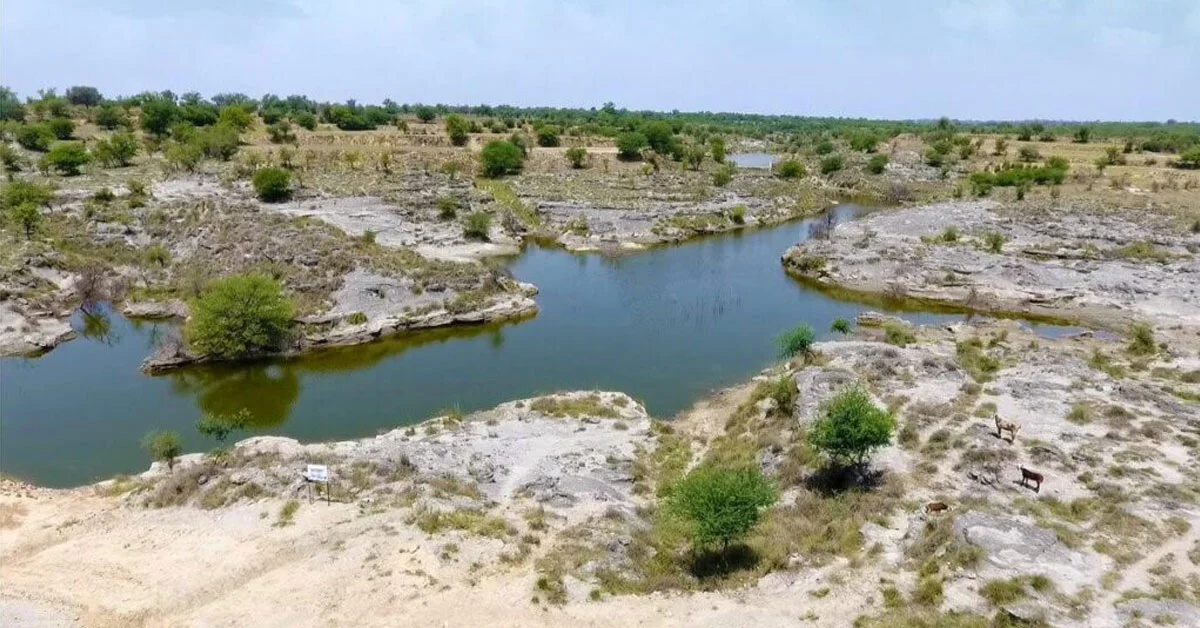The Escalating Crisis: The Depletion of Fresh Water Resources Worldwide
According to a recent report of the United Nations World Water Development Report (UNWWDR) 2020, over the past 100 years, fresh water use has increased by a factor of six. fresh Water consumption rises by about 1% per year as a result of population growth, changing consumption patterns, and economic development. Demand for fresh water is growing day by day as a result of population growth and food demand. These factors put increasing pressure on the available limited resources of water.
It is predicted that by 2050, over 570 cities with 685 million inhabitants will face a decline in freshwater availability. Water reservoirs are polluting because of wastewater discharge, agriculture intensification, chemical leachate of pesticides and reduction of dilution capacity and run off (Zandaryaa and Mateo-Sagasta, 2018).
The United Nations-Water estimated that half of the world’s natural wetlands and freshwater species would be lost in the next 100 years (UN Environment/UN-Water, 2018). In the present situation, the majority of the world’s water-related ecosystems are already degraded and polluted. Schewe et al. (2014) report that variations in temperature and precipitation will directly alter the terrestrial water budget. It will regulate the concentration of groundwater and soil moisture, having potential consequences for the severity of drought and flooding spells.
Water challenges and Climatic conditions are not just complex and inter-related but they are also intergenerational.
Reports say Fresh water Resources in Pakistan running dry by 2025
In arid and semi-arid regions, the effects of climatic variation and water management are becoming challenging (WWC, 2009). Most of the climate change effects will be quantified in the tropical regions, which are mostly occupied by developing countries. Extreme climatic conditions may intensify the cumulative demand for fresh water by up to 13 % by 2050. As a result, the urgent threat posed by climate change to fresh water resources Water resources are on the demand side rather than the availability side (ADB,2012).
The Pakistan water sector is one of the most sensitive sectors to climate change. The problem is mounting due to the potential impacts of climate change on Pakistan’s freshwater resources. Rising temperatures, sea level, saltwater intrusion in coastal areas, glacial melting and variation in monsoon rainfall patterns are just some of the potential effects of climate change on hydrological resources.
The pie chart shows the water consumption with percentages at agriculture, industrial and domestic sectors.
“It is estimated that the country might run dry by 2025, when it will face an ‘absolute scarcity’ of water with less than 500 cubic meters available per person in Pakistan”
Pakistan might turn from a “water-stressed” to “water-scarce” country in the year 2025. Since 1960, the Pakistan’s population increases five-folds, with the current water storage capacity for 30-days only. projected that approximately 207 million people will face ‘absolute scarcity’, with less than 500 m3 fresh water availability per person by 2025. Climate change policy emphasized on six action areas related to water sector including,
- Water conservation strategies
- Water storage and infrastructure
- Integrated watershed management
- Enhancing capacity
- Regulatory and Legislative framework and
- Saving natural resources awareness campaigns.
Decisions should be made today and will be felt by future generations
One of most effective technique to promote fresh water conservation is water pricing. It encourages the efficient use of water, to store excess fresh water and building water related infrastructure. Enforcing the strict water quality management systems to ensure the access to safe fresh water in the future. fresh Water resource management is compromised due to lack of data, analysis, water resource allocation and levels of water withdrawal.
Inadequate monitoring and data management prevent robust water resource assessments and accounting. It is highly recommended as a first step to install separate water meters for various high water consumption areas. All high demand users should conduct water consumption audit for their premises.
Finally, there is need to explore the cost-effective sustainable methods for providing safe and clean freshwater. In some areas of Punjab, Sindh, Khyber Pakhtunkhwa and Balochistan have brackish quality groundwater (high quantity of solid contents in freshwater). The crisis of freshwater resources that can be addressed to recognize loopholes and develop a proper framework. It is just that solutions require a paradigm shift in water resource conservation and management strategies in Pakistan.
Pakistan faces challenges in managing its fresh water resources due to the impact of climate change on water availability and distribution. At Water Care Services, we are dedicated to ensuring access to clean and safe fresh water through our comprehensive facilities for water treatment.

